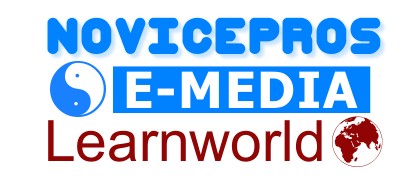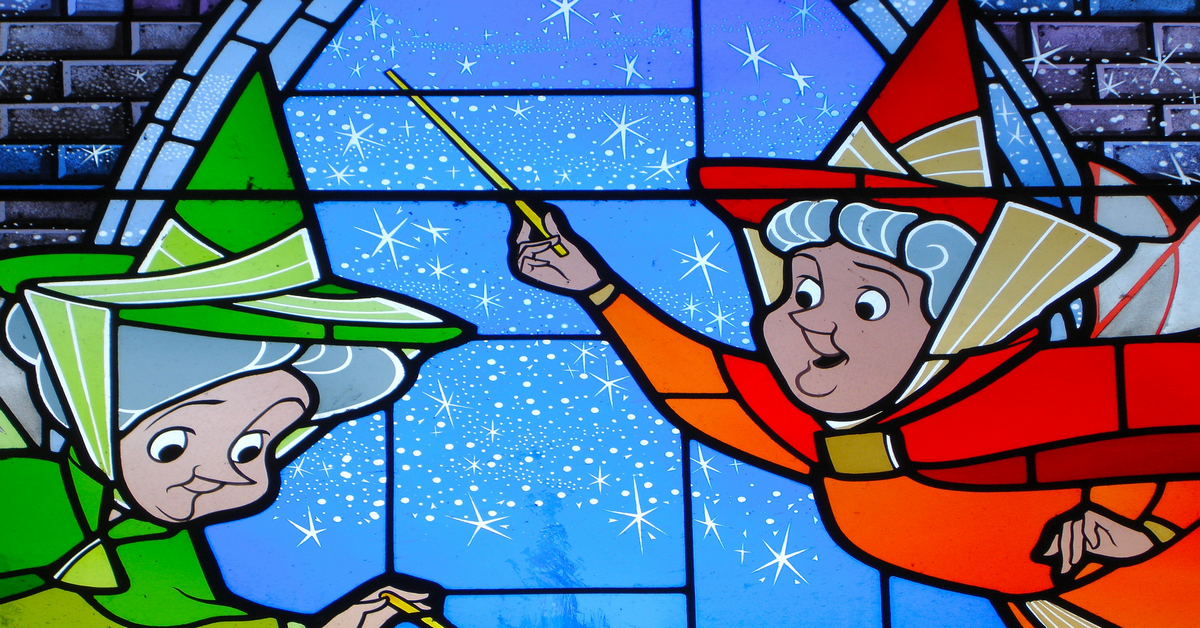As an independent filmmaker specializing in animated comedy, I’d like to discuss my ideas and observations about the best way to create projects intended to make people laugh (in a good way). By taking a close look at recent hot shows and films (i.e. Simpsons, Family Guy, Shrek, etc) I have summarized a succinct analysis that identifies some of the major strategies of humor used in several of the animated tv programs and displays, as well as the advantages/disadvantages of implementing them. Only a note before we proceed: this article isn’t intended just as a way for comedy filmmakers- I’m sure those of you who love great humor will get something from it as well.
The following compilation is the consequence of my own observations, and I’m sure you’ll see exactly what I mean if you take a closer look this Sunday night when Family Guy is based on. Later, I will discuss a few of my own thoughts on the topic of producing powerful humor for mainstream viewers.
1. PARODY: This entails putting fun of genres and storyline formulations (action, horror, pornography, etc), and also creating references to well-known films, TV shows, famous people, important historical events, etc.. Very often, these genres, films, and TV shows are spoofed. Think of the Amount of times you’ve seen a reference to your Kubrick film within an episode of The Simpsons, along with a Star Wars reference in Family Guy to emphasize a joke.
Advantages: First off, it is easy to do and frequently elicits laughs. The fundamental structure of this joke relies on a renowned origin, and the audience is likely to receive it straight away.
Disadvantages: To be blunt, it is lazy filmmaking. Too much parody thrown in a story can frequently be interpreted as a deficiency of creativity/originality, and ultimately limits the job’s thickness. Jokes/gags of this sort is only going to last as long as the referenced or overburdened topic is a favorite or is trendy.
2. ANIMATION THAT IS DELIBERATELY BAD/CHEESY: Includes using poorly drawn/animated characters and backgrounds as an important element of this humor.
Advantages: Sometimes more effective and more cost effective than using more thorough animation methods. It is amusing to watch and calling some focus to the terrible animation can create fresh jokes and fantastic sight gags. Think of shows such as Aqua Teen Hunger Force and Sealab 2021.
Disadvantages: Much like the parody, this can quickly turn into lazy filmmaking. Depending solely on bad animation for laughs may produce the job difficult to keep in the long term.
3. GROSS-OUT HUMOR/EXPLICIT LANGUAGE: Includes humor that’s, but not limited to become scatological, sexual, damn, etc.. Also includes usage of foul language. Considering that the Simpsons and South Park, audiences have come to expect jokes of this kind.
Advantages: In smallish doses and when done with subtlety, gross-out humor and using explicit language combined with visual sight gags can be amusing.
Disadvantage: Easy to overuse. Dialogue including too many four-letter words for the sake of being obnoxious will turn off many audiences. Gross-out humor, if only used for shock value, will seem shallow in case it does nothing to contribute to the total story.
4. NON-SEQUITORS (RANDOM HUMOR): events, announcements, events, etc. that happen from nowhere.
Advantages: Absurd humor that happens at random works on several levels, including the outlandishness of this act itself, its unpredictability, along with its general disregard for logic in context with the scene’s apparent focus. It can take a viewer by surprise, and can add some originality to the undertaking.
Disadvantages: If an absurd and arbitrary act suddenly shifts the focus of this story, it might disappoint viewers who have been engaged from the narrative. Also, many folks can not”get it,” which has the capacity of limiting the viewing demographic. When a nonsequitor acts as a story’s conclusion, it is usually evidence of an inability to make a productive ending.
On generating more effective humor:
Characters with exceptional qualities: Trying to be first isn’t effortless, but it’s a whole lot of fun. When creating characters, don’t worry a lot about whatever’s”hip” or even”at” in the moment. Start off with characters that have very specific personality traits, customs, etc.. Base off them off of people that you know, your adventures, or just let your creativity run rampant. Give your characters specific hobbies, strange interests (i.e. a hero which can not resist objects that squirt water), and/or specific likes/dislikes. These concrete qualities will frequently provide opportunities to develop character, storylines, and above all, funny events.
Stories with strong conclusions: several creative folks I have talked to observe the difficulty of coming up with great endings. No matter what the genre, filmmakers of all kinds can learn a valuable lesson from mystery novel writers. When you develop the notion of a film, begin with understanding how it’s going to finish. This offers the story focus, and makes it a lot much easier for all of the events to logically pan out. Another important tip to remember- crowds will nearly always forgive a film with a bad start, but may never forgive a film with a terrible finish.
Understand that being funny isn’t the same as behaving funny: Okay, what exactly does this mean? Here’s an example: There is a video online of a sloppy skateboarder falling on his face several times after attempting to shore off the roof of his parents’ home. It wasn’t humorous to this skateboarder, however, it was amusing to most of the men and women who saw it take place. Why? On a psychological level, it is in our nature to laugh or require some kind of satisfaction in somebody else’s misfortune/failure so long as the screw-up does not result in death or dismemberment (most of the time). On a more practical level, most of the internet audiences laughed at the sheer idiocy of the act. After all, the helpless skateboarder who dropped off the roof actually expected positive outcomes out of his stunt. Therefore, how do we apply this to creating comedy? Create scenarios that are amusing to the audience, but not to your characters. 1 effective way of doing so is using your characters expect serious consequences from doing things that are clearly harmful, stupid, or even both.
These are only a few pointers to assist you get started with making your own comedy, or to help you realize a few of the more successful comedy out there now. I hope you enjoyed the report. Have a good laugh!







Customer Reviews
Thanks for submitting your comment!